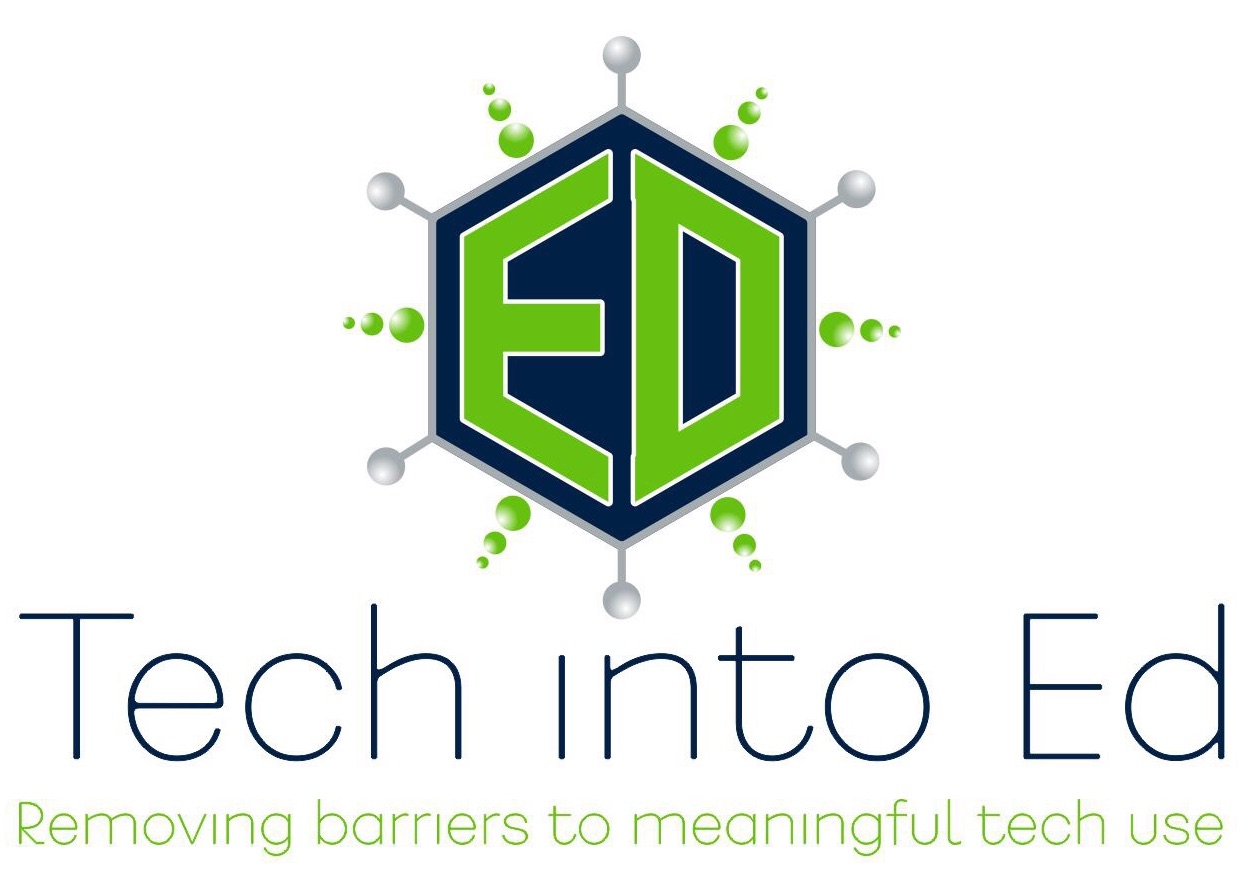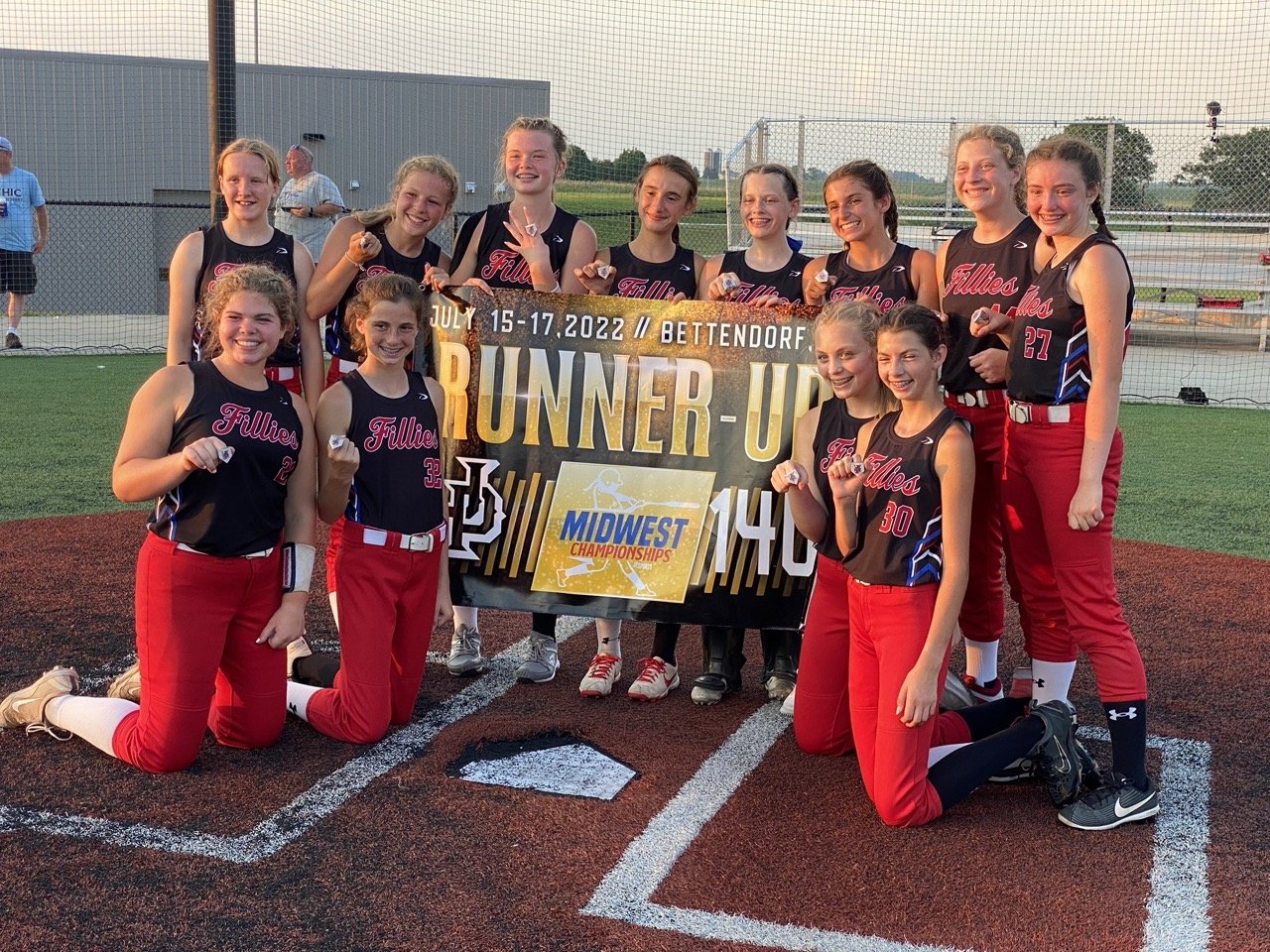Small goals. Attainable accomplishments. Huge payoff.
If you follow me on Twitter (@brianyearling) you saw my mid-June post about my oldest daughter’s softball team. If not, here it is.
Goals in mid-June:
Win another game!
Small Goals
What I did not say in that brief Twitter post is how we got to a point that made even winning that one game possible for our team. It was simple, something easy to replicate, and it had an enormous pay-off for every girl on that team.
Each time we started practice or shifted to a new drill, we would ask the girls to think about their individual goal. What was it that they were specifically working on in that drill. If it was a hitting drill, what was that girl going to focus on so she could continually improve given her swing, her skill, and her playing style. When we shifted to base running or fielding, we asked the same questions: “What are you working on in this drill?" or “How will you grow as a player from this drill?” This started in January at our first practices.
Lofty goals feel good when we put them out into the world, but on their own they make for highly unattainable accomplishments. I work with educators each year who come into the school year ready to change everything about their teaching practice. They say things like, “This year will be different. I am going to…” and they outline an overhaul of practices and procedures that would make Elon Musk shrug his shoulders questioning the possibility of it all. Trust me when I tell you that these goals are honest and sincere — these teachers are ready and willing to make meaningful changes.
What is almost always missing, though, is a plan for the small, daily changes to habits and routines that will get them there. Without a plan for how we make daily changes in our classroom management routine, we resort to the practices that “worked” (and some of the practices that did not work) last year. Lacking a clear plan for how students will take greater ownership of their own learning each day, we slip into a much easier routine of student accountability through teacher expectation.
And this is where our softball player’s practice routine comes into play.
Attainable Accomplishments
Each practice our players had to confront the challenge of making positive change today. Yes, they wanted to hit better or throw harder, but the drill immediately in front of them did not require hitting or throwing. Instead it required footwork or body position. Asking the question, “What are you working on in this drill?” forced each girl to focus on how that body position helped her throwing windup, or how that footwork translated into a more consistent swing.
Moving from where we are to where we want to be is about having a goal, and then setting attainable accomplishments to get to that goal. If this is the year a teacher is going to find a way to make sure they have a way to see how each student is progressing in a lesson, to see each student’s work in real time (within Nearpod or Lumio) so they can monitor and offer meaningful feedback in the moment, that is an admirable goal. The next step is setting up the attainable accomplishments to get there.
This is where we can learn the most from the realities of our softball team. Some girls came in with a perfectly natural swing and were simply working on small things to tune up the swing. As a result, their attainable accomplishments to get to a small goal were drastically different than our players who had some major mechanical challenges in their swing. Those players had more work to do to get to their goal. The girls had to own where they were in order to get to where they wanted to eventually be as a player.
However, in both instances they were able to set attainable accomplishments in each drill to keep moving toward their goal. The same is true for every teacher; our skills and experience differ so greatly, but that does not mean we cannot reach our small goals to achieve our vision for improvement.
For that teacher working to find a way to have a view into every student’s work in real time during a lesson, they have to evaluate: 1) How comfortable am I with the technology I have available to achieve this task?, 2) How well can I establish classroom routines that will support this goal?, 3) How much time do I have to commit to designing these types of interactive lessons this year? and 4) Where can I make more time in my schedule to make it happen? The lofty goal is attainable through the daily and weekly attainable accomplishments the teacher sets and commits to meeting.
Finally, who will hold you accountable to the attainable accomplishments? Whether our players liked it or not, they were reminded regularly to focus on the attainable accomplishments in front of them. We were their accountability partners and coaches. Do you need an accountability partner? A coach? Will a sticky on your laptop keyboard remind you daily? Do you need to put a daily or weekly reminder on your calendar to create time to meet the goal? You will have to decide what step you need to take to make sure you stay accountable to the attainable accomplishments so you can realize the payoff you desire.
Huge Payoff
When I posted the photo of our team in mid-June I was brimming with excitement. Honestly, I was not certain that we would have many more wins. However, as one of our coaches said continuously, “Trust the process.” So we did. We kept practicing, we kept focusing on the attainable accomplishments, and we kept an eye on our goals of playing better and possibly winning more games.
Small goals, attainable accomplishments, and a vision for the success we want to achieve are a powerful recipe for meaningful change. This can be the year that you embrace the use of technology in your classroom in a way that will change the learning dynamic for students. It can be the year that you push for deeper learning by incorporating more project-based learning and creativity-focused tasks. It can be the year that you find your spark again and remember why you love this profession. It starts, though, with a vision, small goals, and attainable accomplishments that are repetitious and achievable; each is a step to a changed future.
As evidence, I want to share this follow-up story from our team’s performance in a tournament near the end of the season. After a loss and a tie on the first night of pool play in the tournament (which we were thrilled with as the competition was legitimately tough), our commitment to small goals and attainable accomplishments took root. This group of girls committed to each other and went on to win three games in a row, earning their spot in the championship game.
We were undersized, inexperienced, and young. We hoped to win a few more games throughout the season. We ended up playing in a championship game. Unfortunately, the final score of 10-0 in that game was in favor of our opponents. While the result of that game did not have the makings of an inspirational Disney sports film, the outcome speaks volumes to the importance of consistently taking steps toward a positive change. This team’s accomplishments show the power of setting small goals and committing to attainable accomplishments in service to a larger vision.
Make this the year that you walk into the classroom with a clear vision, a plan for enhancing your professional practice, and a commitment to taking all of the little steps along the way to get there!


